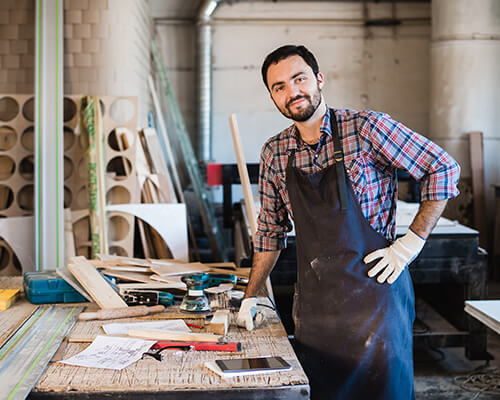It’s good to spend time with people you can trust completely, and most Freemasons find that in their lodge. While much of lodge activity is spent in works of charity or in lessons in self-development, much is also spent in fellowship. Lodges have picnics, camping trips, and many events for the whole family. Simply put, a lodge is a place to spend time with friends.
For members only, two basic kinds of meetings take place in a lodge. The most common is a simple business meeting. To open and close the meeting, there is a ceremony whose purpose is to remind us of the virtues by which we are supposed to live. Then there is a reading of the minutes; voting on petitions (applications of men who want to join the fraternity); planning for charitable functions, family events, and other lodge activities; and sharing information about members (called “Brothers,” as in most fraternities) who are ill or have some sort of need.
The other kind of meeting is one in which people join the fraternity — one at which the “degrees” are performed. But every lodge serves more than its own members. Frequently, there are meetings open to the public. Examples are Ladies’ Nights, “Brother Bring a Friend Nights,” public installations of officers, Cornerstone Laying ceremonies, and other special meetings supporting community events and dealing with topics of local interest. Freemasons also sponsor Ladies groups such as The Order of Eastern Star and Youth Groups such as Job’s Daughters; for girls, and Order of DeMolay for boys.

